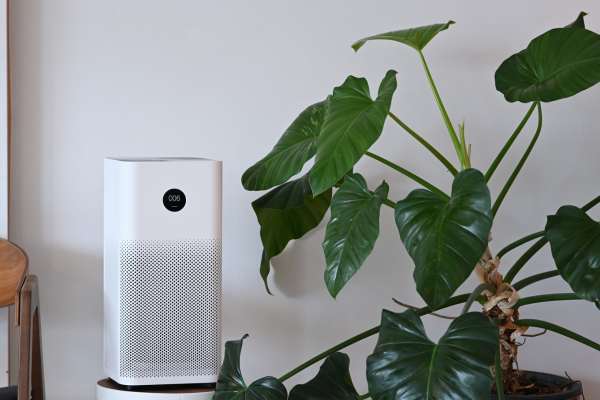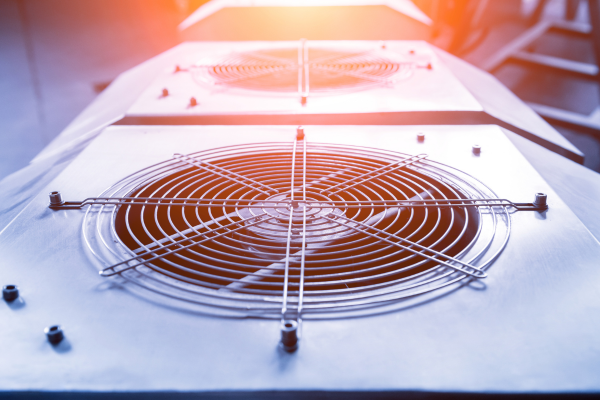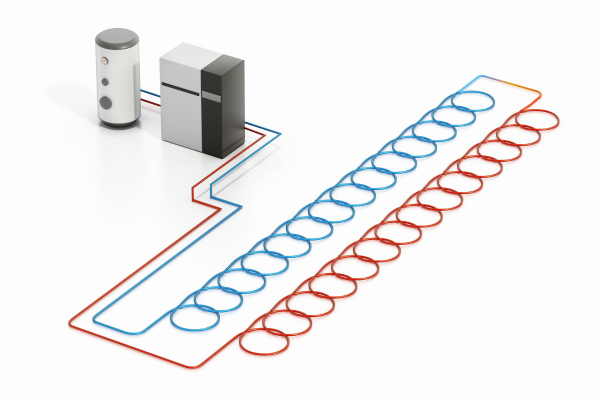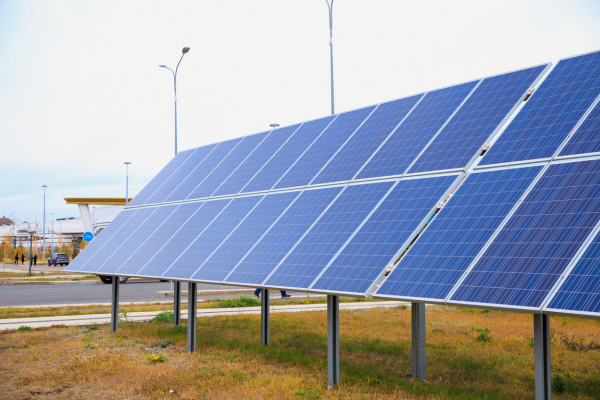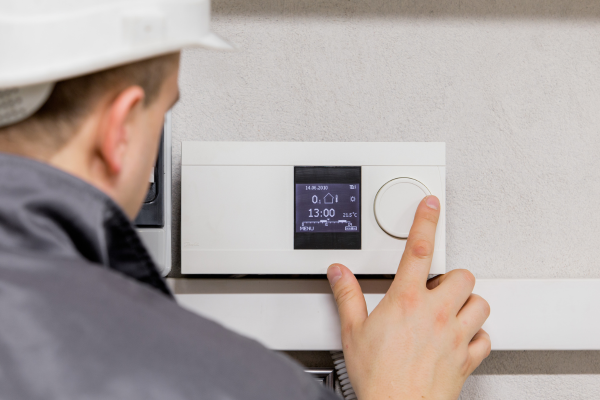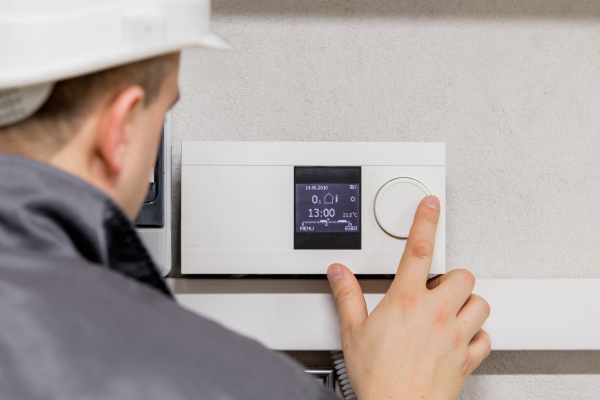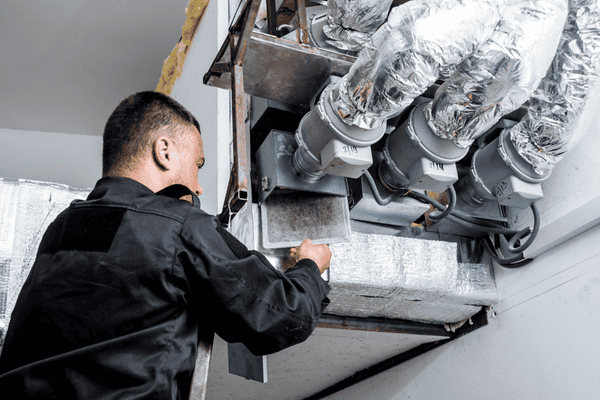Natural Ways to Improve Air Quality with Houseplants
With rising awareness around indoor air quality, many are searching for ways to create cleaner, healthier environments at home and work. While HVAC systems remain a cornerstone of proper air circulation and pollutant control, integrating plant-based air purification methods offers a practical and sustainable boost. Certain houseplants are capable of filtering toxins and pollutants that commonly accumulate indoors. Incorporating these plants not only improves air quality but also brings several wellness and psychological benefits. Using plants in combination with existing mechanical systems can create a more balanced approach to maintaining a purer indoor atmosphere. This article focuses on natural ways to improve air quality with houseplants, shedding light on effective methods, plant species, placement techniques, and maintenance tips to help supplement traditional air purification systems.
How indoor air becomes polluted
Indoor spaces trap a range of pollutants that stem from household products, furniture materials, cleaning agents, and outdoor contaminants that make their way inside. Common airborne toxins include formaldehyde, benzene, trichloroethylene, toluene, carbon monoxide, and xylene. These pollutants often originate from paint, carpets, glues, upholstery, and synthetic materials. Everyday activities like cooking on gas stoves or smoking indoors intensify the concentration of harmful particles.
Unlike outdoor environments where wind and natural elements disperse pollutants, homes and buildings can become closed systems that gradually build pollutant density. This makes consistent air exchange important. HVAC systems work to control airflow and particulate matter, but alone they may not handle gaseous toxins or the smallest micro-particles. This is where a natural, plant-based method can offer added air filtering support.
How plants support natural air purification
Plants absorb gases through their leaves during photosynthesis. Some houseplants go beyond removing carbon dioxide and are capable of filtering volatile organic compounds. These substances are pulled into the plant’s stomata then broken down within soil-based microorganisms around the roots. It’s a biological filtration system that works continuously and quietly as long as the plant is healthy and well maintained.
NASA conducted a now-famous study examining the ability of plants to purify air within enclosed environments, originally for space station use. While the experiment involved controlled conditions, its results inspired interest in the potential of plant-based air purification for homes and offices. While it’s true that plants alone cannot completely replace mechanical filtration in rooms with poor ventilation, they offer measurable benefits as long as species selection and care are considered carefully.
Top performing houseplants for air purification
Some houseplants are more effective than others when it comes to removing indoor air pollutants. Species with a high leaf surface area, adaptability to indoor lighting, and tolerance to occasional neglect are top choices. Among the most recommended are:
Spider Plant (Chlorophytum comosum): Known for its ability to eliminate pollutants like formaldehyde and carbon monoxide, it’s also low-maintenance and thrives under indirect light.
Snake Plant (Sansevieria trifasciata): Excellent at improving air quality by filtering formaldehyde, xylene, and nitrogen oxides. It also continues to release oxygen at night, unlike many plants, which makes it ideal for bedrooms.
Peace Lily (Spathiphyllum): Recognized for its bright blooms and broad leaves, this plant helps remove toxins such as ammonia, benzene, and formaldehyde. Though it needs slightly more care, the air quality benefits are worth the effort.
English Ivy (Hedera helix): Often used in hanging pots or vertical walls, this fast-growing plant helps filter airborne mold and fecal particles. Useful in bathrooms or areas with moisture buildup.
Aloe Vera: While famous for its healing sap, aloe vera also removes airborne benzene and formaldehyde. Requires a sunny spot and minimal watering, making it both practical and decorative.
Other options include Bamboo Palm, Boston Fern, Chinese Evergreen, and Rubber Plant. Each plant brings particular strengths in filtering out certain types of chemicals, so combining a small variety may yield better results than sticking to a single type.
Where and how to place air purifying plants
Placement plays a key role in reaping the benefits of air-cleaning plants. High-traffic and high-use areas such as living rooms, bedrooms, kitchens, and workspaces are ideal locations to focus on. Kitchens where gas appliances are in use are one of the most pollutant-prone spots. Bedrooms where people spend extended hours asleep also benefit from plants that filter toxins over time and support oxygen levels.
The goal should not be to place a plant in every corner, but to strategically locate them where air stagnates or pollutants are likely to settle. Windowsills, desk sides, bookshelves, and high ledges serve well for pot placement as long as the species receives adequate light. Hanging planters and vertical gardens also make use of space without creating clutter on surfaces.
Pay attention to overall humidity and plant care. Too many plants in a small room can lead to mold problems and oxygen drops if photosynthesis is not maintained effectively. Keep the numbers rated appropriately for the square footage, roughly one medium plant per every hundred square feet is a manageable starting point. Rotate or shift plants periodically to ensure even light exposure and air movement.
Ways plants work with HVAC systems
When houseplants are used together with HVAC systems, the result can be improved air movement and pollutant control. Forced air from HVAC ducts can distribute oxygen created by plants while plants absorb lingering gases that filters may not catch. Some HVAC systems recirculate air and rely on HEPA filters or UV treatments to trap particles. These functions complement plant-based air purification rather than replace it.
An overlooked function of houseplants is their ability to stabilize humidity levels. Plants release moisture vapor during transpiration, which can support a room’s balance, especially in winter when HVAC heating dries out the air. Balanced humidity helps lungs filter better and can reduce nose and throat irritation often caused by overly dry indoor climates.
On the flip side, certain HVAC functions like strong directional airflow can damage delicate plant leaves. It’s a balancing act. Keeping plants positioned near vents should be avoided. Use natural gaps where airflow spreads more gently. Pairing moderate HVAC settings with a modest number of plants enhances comfort while keeping pollutants under control. A monitored and maintained system increases the effectiveness of both components.
Caring for your air-purifying plants
For plant-based air purification to work well, keeping plants in good condition plays an essential role. Poorly maintained plants can turn into dust traps or mold sources. Healthy leaves actively filter, while damaged or yellowing leaves lose their function and can degrade overall air quality.
Choose indoor soil that drains properly to avoid root rot. Water most species when the top inch of soil begins to dry but avoid overwatering. Clean leaves regularly with a gentle cloth to keep them free of dust build-up as this clogs the pores and reduces their ability to transpire.
Use natural soil agents and minimal artificial fertilizers. Many chemical treatments contain compounds which defeat the air purifying process. Rely on compost-based fertilizers with low salt content. Keep pot sizes appropriate to the plant’s root growth so that their filtration remains active.
Monitoring for pests is also important. Mealybugs, spider mites, or mold infestations can compromise plant health and degrade air rather than supporting it. Spot treatment with neem oil or gentle insecticidal soaps can handle most issues fast without disrupting the indoor environment.
Combining natural and mechanical filtration
The air in most homes is a mix of chemical and organic particles. While mechanical systems efficiently trap fine particles and pollens using filters, gaseous pollutants often float through unless special activated carbon layers are installed. Houseplants pick up that gap by soaking in airborne VOCs and breaking them down over time.
The combination of plants and mechanical systems removes a broader range of contaminants than either method alone. A hybrid approach allows reduced reliance on chemical air fresheners or deodorizers. Houseplants bring visual calmness and have been linked to lower stress hormone levels, while well-maintained HVAC systems handle mold spores, dander, and dust.
Investing in both natural and mechanical methods extends the functionality of each system. Air feels fresher even without open windows because both sources are active. For homes with children or pets, choosing non-toxic plants is advised. Systems should be inspected every six months for mechanical integrity while plants should be checked weekly for condition and care.
Quiet strength of green filtration
Combining the steady filtration of ventilation systems with the quiet resilience of plants contributes to better air over prolonged periods. It makes environments more comfortable not through overpowering intervention but steady care. Plants offer rhythm. They work slowly but persistently provided they get the light and water they need.
A life surrounded by greenery influences more than air quality. It alters the feel of a space, affects mood, improves focus, and quietly absorbs what mechanical fans might leave behind. Matching smart technology with natural presence can form the foundation for spaces that breathe better for everyone who enters them.

